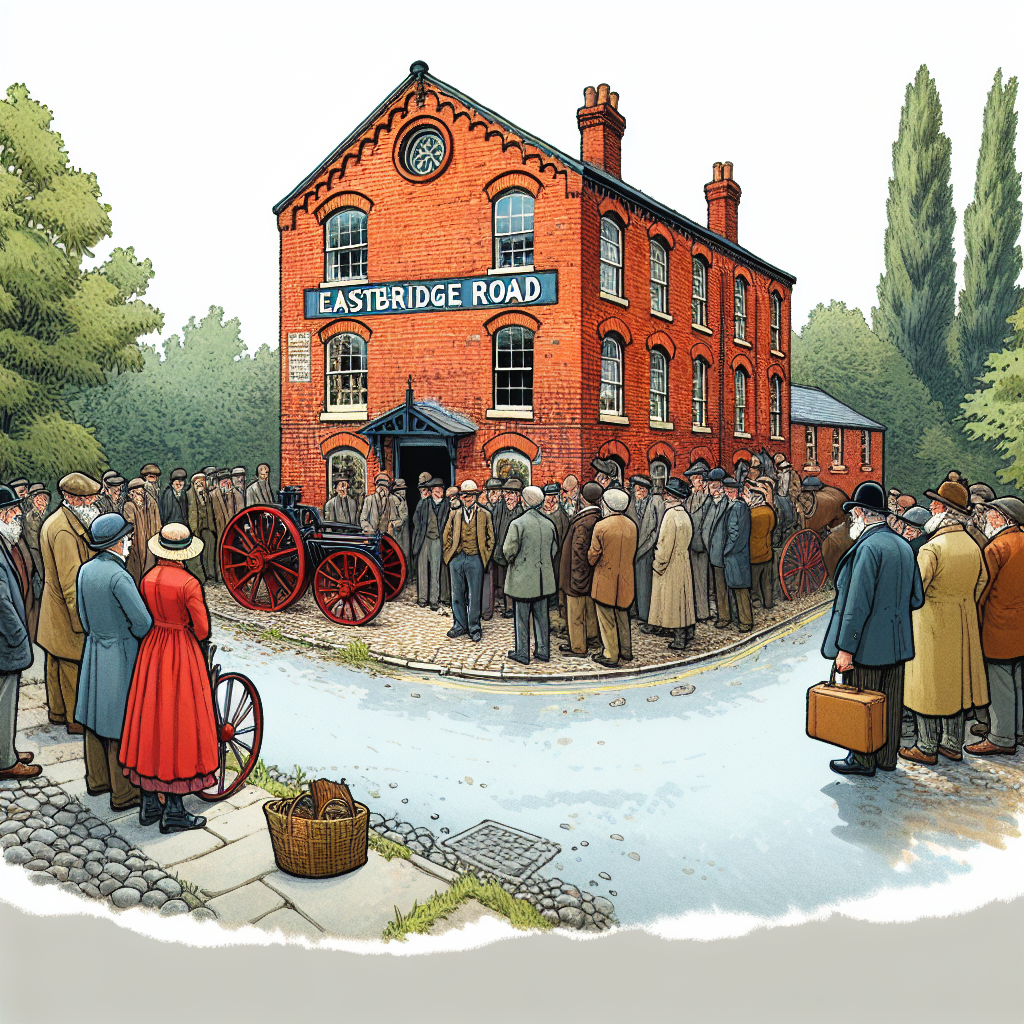**"Echoes in the Red Bricks: Chesterburgh’s Struggle Between Progress and Memory"**

The old mill on Eastbridge Road has been a fixture of Chesterburgh for over a century, its red-brick walls stained with soot and stories that no one quite bothers to fact-check anymore. The sprawling lot, where trees now pinch the cracked pavement, was recently sold to an out-of-town developer with plans to turn it into “a vibrant community hub,” according to the press release from Chesterburgh’s Economic Development Office. The announcement landed like a soft bomb, stirring equal parts hope and suspicion in a town that has long learned to hate wasted promises.
Developed by a shell company with a downtown address that disappears when you follow up, the project is supposed to house artisanal shops, a cafe, artist studios, and maybe even a co-working space. The vision sounds perfect: breathing new life into a dormant relic while respecting the town’s character. Yet no official zoning meetings mention the name of the developer, nor do the public documents clarify exactly how much of the original structure will be preserved. Sound familiar? It should. Chesterburgh’s history is peppered with “revitalizations” that erased landmarks faster than anyone could blink.
I spoke with Marla Jensen, a local historian who has been recording the mill’s history for decades. “This place isn’t just bricks and mortar,” she said, fingers twitching as if to touch an invisible thread of memory. “It’s where half the town’s souls worked their fingers raw, where children ran free before cars swallowed the streets. They say it’ll be ‘building community,’ but whose community? And at what cost?”
The Economic Development Office insists the project aligns with Chesterburgh’s “commitment to sustainable growth,” but the local zoning board meetings tell another story — one of increased density, relaxed parking requirements, and exceptions granted faster than the average resident can attend a meeting. The board’s chairwoman, Lisa Dunbar, brushed off concerns during our brief exchange last week. “We’re focused on progress that benefits everyone. It’s always a balance.” When pressed about public input, she sighed, “People want to see change, not stall in nostalgia.”
But not all of Chesterburgh is on board. Behind the polite smiles at coffee shop counters and town hall discussions, a quiet resistance grows. Tom Miller, whose family owned a small print shop two blocks from the mill for three generations, worries about “a loss that no shovel can replace.” He summed it up simply: “They’re selling a fantasy about the future, but it feels like a casket for the past.” His print shop closed last year, pinned under the weight of soaring rents and online shopping—a casualty, some say, of the very changes this development promises to reverse.
What makes this development story stick in the craw isn’t just the usual gentrification fears or the erasure of history. It’s the opacity. I dug into the permits and found discrepancies—dates that didn’t match up, environmental impact statements that were either missing or heavily redacted. The Department of Environmental Protection’s website lists only partial reports, with no clear indication of soil testing for potential contaminants often associated with industrial sites dating back to the mill’s early days.
No one from the developer’s team returned calls or emails, a silence as loud as the empty debate halls filling up when these matters come up. At least one community member suspects the industrial heritage could pose a health risk. “Old mills like this often carry more than just memories. Lead paint, asbestos, groundwater contamination—that’s not something you just sweep under the rug,” said Cynthia Reyes, a retired nurse who’s been monitoring community health concerns for years. Her warning echoes in the hallw
